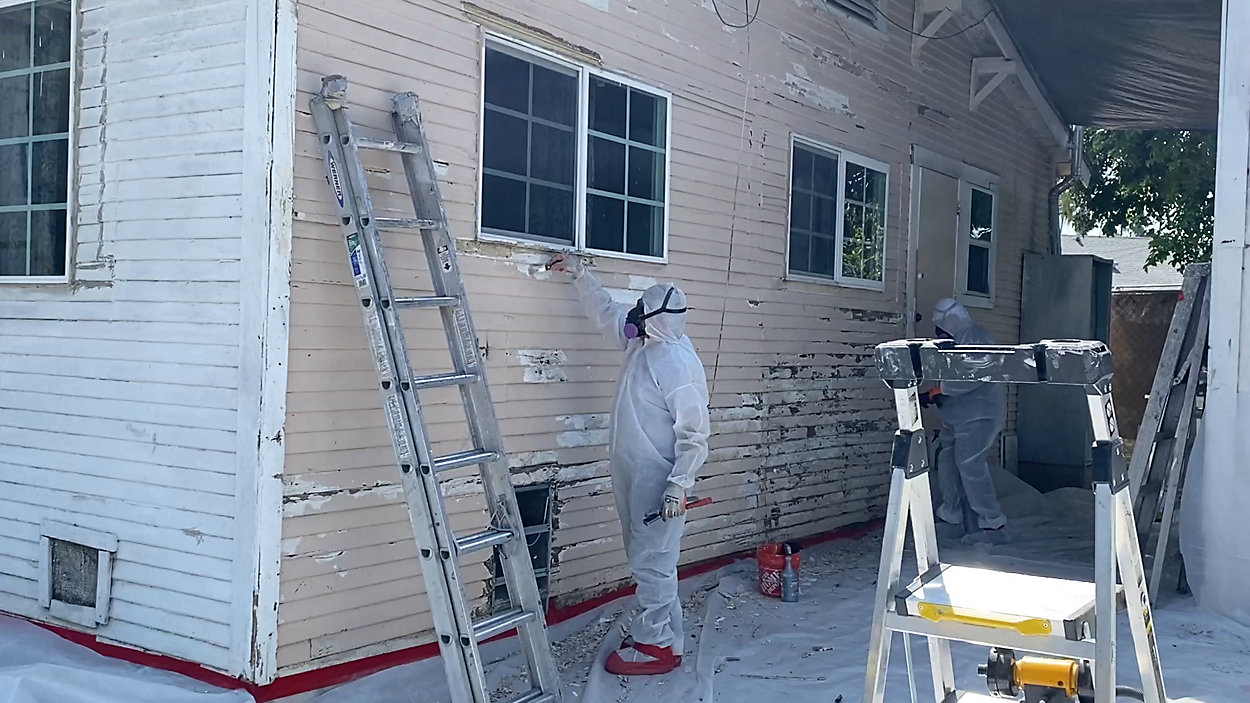Buying a home in Hebron, Marlborough, or Colchester CT built before 1978? Lead paint is common — but rarely inspected. Learn what actually makes it dangerous and how it’s usually handled.
Lead Paint in Connecticut Homes: What You Really Need to Know
If you're buying a home in Hebron, Marlborough, Andover, Colchester, Glastonbury, or Columbia, CT, and the home was built before 1978, there’s a good chance it contains lead-based paint somewhere — especially under the surface layers.
But here's the part most buyers don't realize:
Lead paint is extremely common — and almost no one actually does a formal lead inspection. Why? Because unless it’s disturbed or deteriorating, it’s usually not a threat.
What Actually Makes Lead Paint Dangerous?
Lead paint becomes hazardous only when it turns into dust or flakes — and that usually happens in one of a few situations:
Peeling or chipping paint in areas with friction (like window sashes, doors, baseboards)
Children eating paint chips (yes, this still happens in neglected homes)
Dust released during renovations (sanding or scraping old surfaces)
Chewing or mouthing painted surfaces, common with toddlers
Poor maintenance in older homes with visible wear and tear
If the paint is intact and has been coated with modern latex paint, it’s considered encapsulated — meaning the lead is sealed in and not a current hazard.
Why Most Buyers Skip Lead Paint Inspections
While you legally can conduct a lead inspection during your due diligence period, most buyers in Connecticut don’t — especially in towns like Hebron, Colchester, and Glastonbury, where many homes are older.
Here’s why:
Encapsulation is simple and effective (just repaint with latex)
Inspections add cost and complexity, often without changing the outcome
Most sellers haven’t tested either, so they simply disclose that lead paint may be present
The key is to look for obvious issues: flaking, chalky dust on window sills, or cracked trim. If the house looks well-maintained and painted, you’re likely in the clear.
What If Lead Paint Is Found?
Here’s how it’s typically handled:
 Encapsulation
Encapsulation
Most common solution
Apply fresh coats of latex paint over any older layers
Locks in the lead, prevents dust or flakes, and meets safety standards
 Removal (Abatement)
Removal (Abatement)
Only needed if there’s active peeling, bare lead-painted surfaces, or young children are at risk
Must be done by a certified lead abatement contractor
Expensive and uncommon in standard real estate transactions
Is Lead Paint a Dealbreaker?
Almost never.
Buyers in Marlborough, Andover, and Columbia CT move forward with homes that “may contain lead paint” all the time — with full awareness. It’s part of owning an older home in Connecticut.
A few coats of paint, good maintenance, and awareness go a long way.
Final Word: Don’t Panic Over Lead Paint — Just Be Smart
If you're buying a home built before 1978 in Hebron, Colchester, Glastonbury, or anywhere in central Connecticut, understand this:
Lead paint is common, but rarely harmful if it's been painted over
Most buyers don’t inspect — they just repaint or monitor
Encapsulation with modern latex paint is safe, effective, and affordable
Need a Real Estate Expert Who Knows the Nuances of Older CT Homes?
I help buyers and sellers in Hebron, Marlborough, Andover, Colchester, Glastonbury, and Columbia navigate older homes with confidence — including lead paint disclosures and inspections when needed.
Let’s talk if you want a pro who knows how to keep deals smooth and stress-free.


